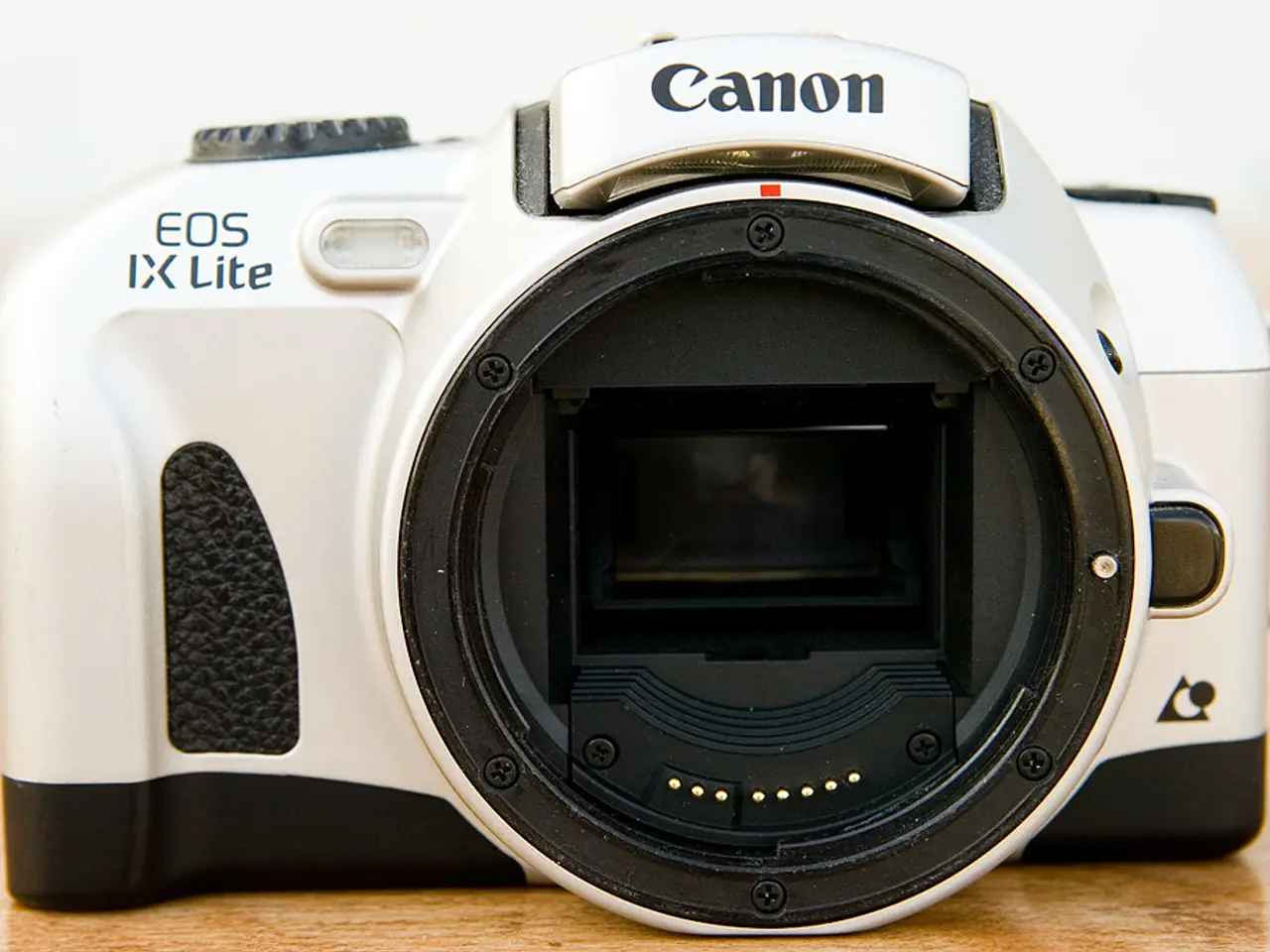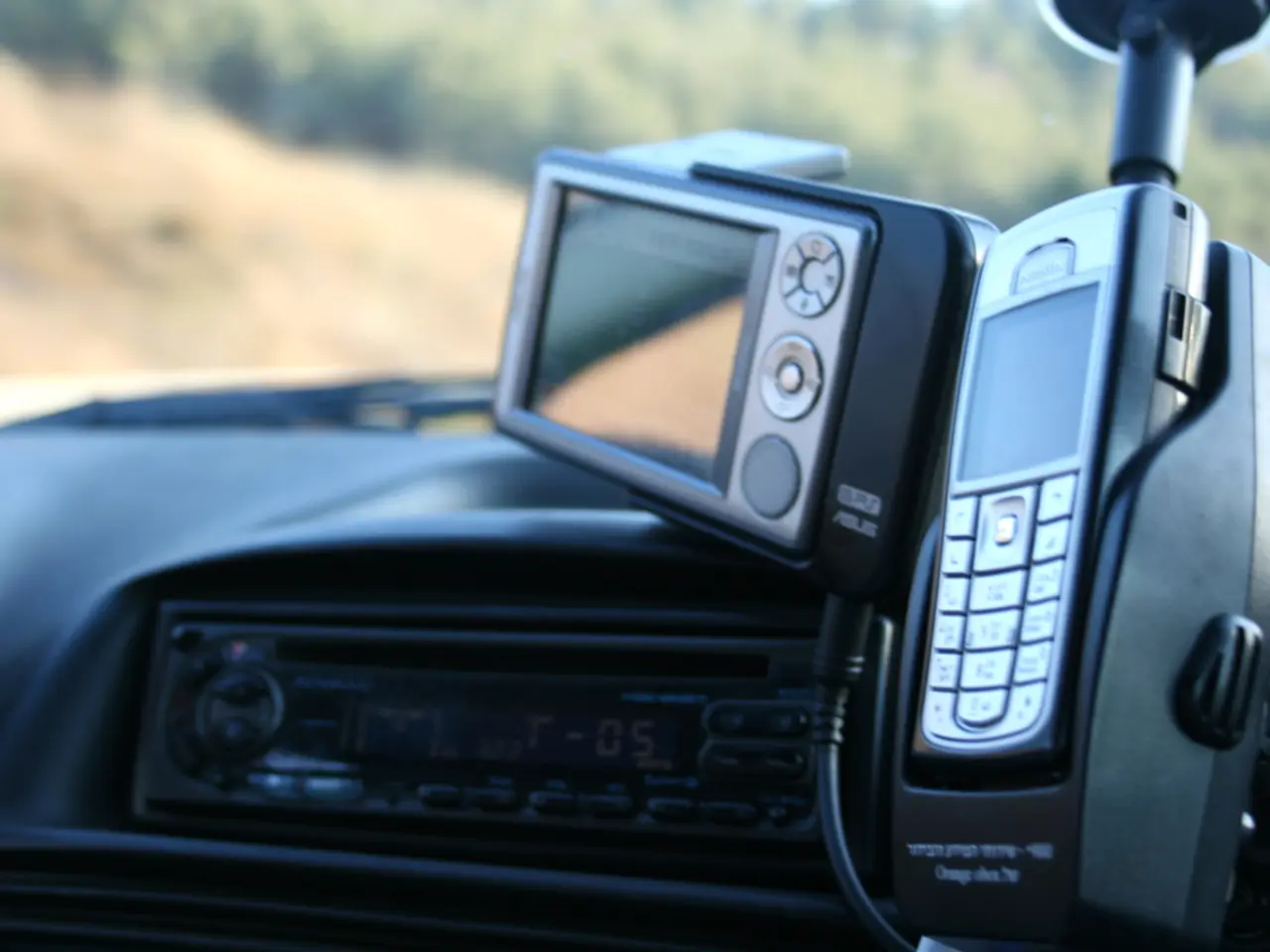New EU Rules for Smartphones and Tablets: Sustainable Consumption and Long-Lasting Devices
Mandatory Energy Rating for Smartphones and Tablets to be Implemented by EU
Starting this week, smartphones and tablet purchases in the EU will come with a fresh, energy-focused label. According to the European Commission, this label will provide consumers with valuable insights into a device's sustainability, durability, and repairability.
The new label includes indicators for the product's energy efficiency, battery life, resistance to dust and moisture, and durability against drops. This labeling system aims to empower shoppers to make more informed and eco-friendly decisions.
In addition to the energy label, manufacturers face a series of new ecodesign requirements. These regulations call for devices to be more robust, boast longer-lasting batteries, and offer longer-term software updates. Key spare parts must also be easily available. The ultimate goal is to reduce energy consumption and greenhouse gas emissions.
The European Commission explains, "This energy label will assist EU consumers in making smarter, sustainable purchasing decisions, thereby promoting sustainable consumption." Comparing smartphones and tablets before purchasing will now be easier than ever.
Battery durability is a critical focus point under the ecodesign regulations. Manufacturers must ensure batteries can withstand at least 800 full charge-discharge cycles without losing more than 80% of their initial capacity. Additionally, providers must continue offering operating system and security updates for at least five years following the last sale of the product model.
Repairability is also on the agenda, as manufacturers are now required to keep critical spare parts accessible for seven years after sales cease for the product model. Quick replacement of these parts within a 5–10 working day window is also essential.
The EU hopes these regulations will lead to more transparency in the industry, longer-lasting devices, improved repairability, and a reduced environmental impact. The new rules will take effect mid-2025 for most smartphones and tablets.
While the new regulations cover smartphones, feature phones, cordless phones, and slate tablets, certain exceptions are in place. These include foldable smartphones with flexible main displays, high-security communication phones, desktop-like OS tablet computers, and foldable smartphones, although a review is scheduled by September 2027 to reevaluate these exceptions [1][4][5].
- In the new label, environmental-science indicators such as resistance to dust and moisture, durability against drops, and battery life are included, aiming to provide consumers with insights about a device's sustainability and eco-friendliness.
- Under the ecodesign regulations, science and climate-change considerations are factored in, with manufacturers required to make devices more robust, ensure longer-lasting batteries, and offer longer-term software updates to reduce energy consumption and greenhouse gas emissions.
- Gadgets like smartphones and tablets will soon have to meet strict repairability standards, as manufacturers are now obligated to keep critical spare parts accessible for seven years after sales cease, with quick replacement within a 5–10 working day window, contributing to a more sustainable and environmentally conscious industry.




